Kim Koo Museum & Library (백범김구기념관)
4.2Km 2022-08-30
26, Imjeong-ro, Yongsan-gu, Seoul
+82-2-799-3400
Kim Koo Museum & Library was built in Yongsan-gu, Seoul to commemorate Baekbeom Kim Koo (1876-1949), a highly respected Korean independence activist. It opened on October 22, 2002 to commemorate Kim Koo's efforts and achievements in Korean history. The main hall is comprised of two floors, exhibiting relics related to his entire life. A statue of a seated Kim Koo is situated in the central space of the first hall.
Eye On Optical - Hanyang Univ. Branch [Tax Refund Shop] (아이온안경 한양대)
4.2Km 2024-04-17
#101, 30, Majo-ro, Seongdong-gu, Seoul
-
Helinox Creative Center [Tax Refund Shop] (헬리녹스 크리에이티브센터)
4.2Km 2024-04-18
39, Hannam-daero, Yongsan-gu, Seoul
-
Olens - Hanyang Univ. Branch [Tax Refund Shop] (오렌즈 한양대)
4.2Km 2024-04-18
1F, #3, 4, Sageundong-gil, Seongdong-gu, Seoul
-
Olive Young - Yongsan Richensia Branch [Tax Refund Shop] (올리브영 용산리첸시아)
4.3Km 2024-04-22
Store #103, #104, #105, #112, 341, Baekbeom-ro, Yongsan-gu, Seoul
-
Chamdaegutang (참대구탕)
4.3Km 2021-09-01
3, Hangang-daero 62-gil, Yongsan-gu, Seoul
+82-2-798-7380
This is a Korean cuisine located in Itaewon, Seoul. Clear fish soup boiled with codfish (fish). The best menu at this restaurant is codfish stew.
Bongwonsa Temple (봉원사)
4.3Km 2023-03-13
120, Bongwonsa-gil, Seodaemun-gu, Seoul
+82-2-392-3007
Located on the outskirts of Ansan Mountain in Bongwon-dong, Seodaemun-gu, Seoul, Bongwonsa Temple, as the center of Korean Buddhism Taego, is a thousand-year-old temple with a long history and tradition. In 889 (3rd year of Shilla Queen Jinseong’s reign), Monk Doseon founded it at the ground of Yeonhui Palace (now Yonsei Univ.) and named it Banyasa temple. It was destroyed during the Imjin War in 1592, and later in 1748 (the 24th year of Joseon King Yeongjo’s reign), it was rebuilt and renamed “Bongwonsa” by two Buddhist monks, Chanjeup and Jeungam.
“Yeongsanjae,” one of the Buddhist rituals and also a National Intangible Cultural Property, takes place at Bongwonsa on June 6 every year wishing for world peace and the reunification of North and South Korea. It was designated as one of the Intangible Cultural Heritage of Humanity by UNESCO in 2009. During Yeongsanjae, visitors can enjoy the Buddhist arts such as Beompae (Buddhist temple music for rituals) and dancing. Also, during summertime, Seoul Lotus Flower Culture Festival takes place, where visitors can enjoy the beautiful lotus flowers which are a symbol of Buddhism.
Baeksasilgyegok Valley (백사실계곡)
4.3Km 2020-08-31
115, Buam-dong, Jongno-gu, Seoul
+82-2-2148-1114
Baeksasilgyegok Valley in Seoul is a well preserved cultural and natural site, being home to Baekseokdongcheon, Historic Site No. 462, as well as a habitat to diverse animals, including salamanders, frogs, minnows, and crayfish. The preservation value of this area is especially high as the valley is home to a large colony of salamanders, which are indicator species of the clean water and a protected wildlife species of Seoul.
The valley gets its name from the site of a villa of Yi Hangbok. The path along the area’s thick forest and natural valleys provides an excellent getaway. Since the area is a habitat to several protected species, visitors are asked to refrain from dipping their feet in the valley’s waters while exploring the scenery. The entrance to the valley is located past the Sanmotungi Café.
JaneDMCKorea (주)제인디엠씨코리아)
4.3Km 2025-07-07
(4th Floor), 51 Mallijae-ro, Mapo-gu, Seoul
Jane DMC Korea is an inbound travel agency and international patient recruitment organization established in 2006. Headquartered in Seoul, with branch offices in Busan, Indonesia, and India, the company develops and sells programs for international clients in 40 countries while also attracting international patients.
Salgoji Sports Park (살곶이 체육공원)
4.4Km 2024-03-20
16-18 Sageundong-gil, Seongdong-gu, Seoul
Salgoji Sports Park is located along the Joongnangcheon Riverside near Hanyang University. Its name "Salgoji" holds deep historical significance, meaning "the place where an arrow is shot" in Korean. The park features facilities such as an inline skating rink, soccer field, basketball court, and badminton court. There are dedicated bicycle paths and pedestrian walkways around the park. Throughout the year, walking festivals and mini marathons are organized, making it a beloved spot among cyclists. In the summer, an outdoor water playground is operated.
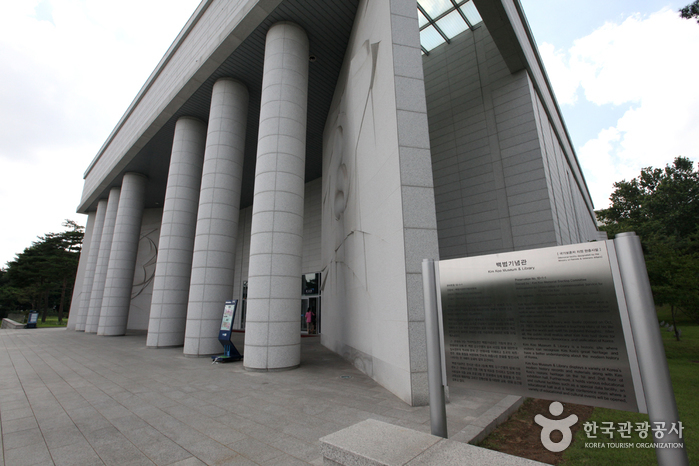
![Eye On Optical - Hanyang Univ. Branch [Tax Refund Shop] (아이온안경 한양대)](http://tong.visitkorea.or.kr/cms/resource/77/2878777_image2_1.jpg)
![Helinox Creative Center [Tax Refund Shop] (헬리녹스 크리에이티브센터)](http://tong.visitkorea.or.kr/cms/resource/03/2890403_image2_1.jpg)
![Olens - Hanyang Univ. Branch [Tax Refund Shop] (오렌즈 한양대)](http://tong.visitkorea.or.kr/cms/resource/80/2878780_image2_1.jpg)
![Olive Young - Yongsan Richensia Branch [Tax Refund Shop] (올리브영 용산리첸시아)](http://tong.visitkorea.or.kr/cms/resource/84/2889184_image2_1.jpg)
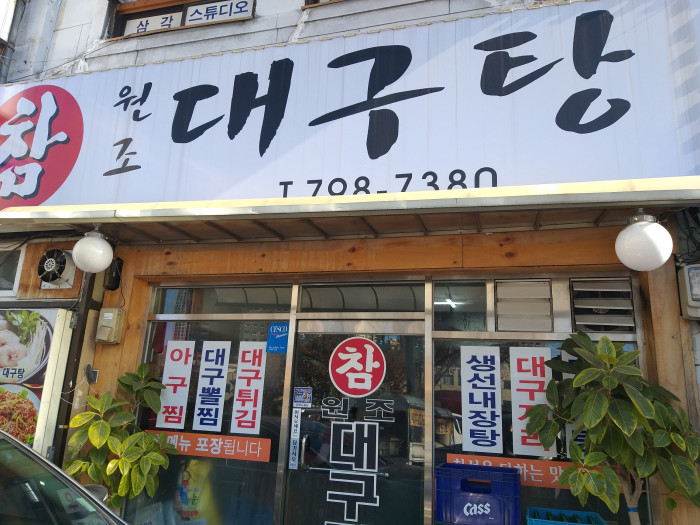
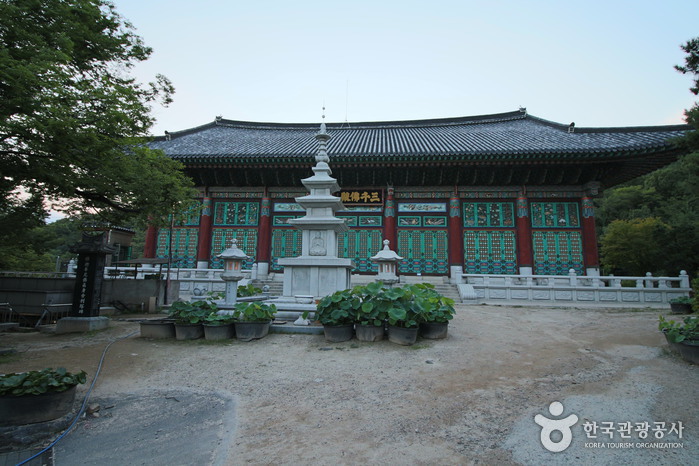
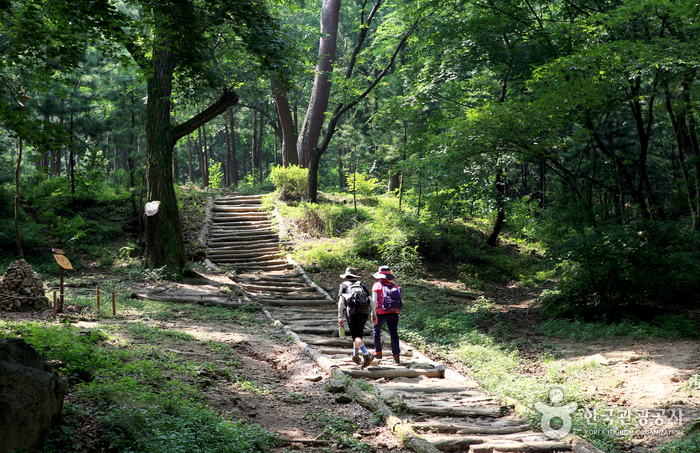

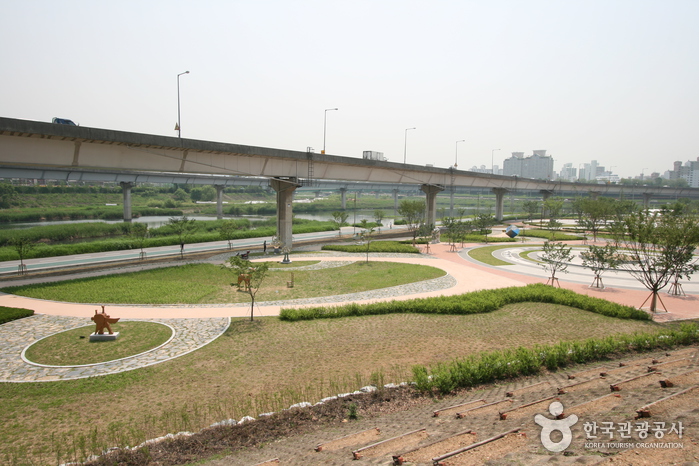
 English
English
 한국어
한국어 日本語
日本語 中文(简体)
中文(简体) Deutsch
Deutsch Français
Français Español
Español Русский
Русский